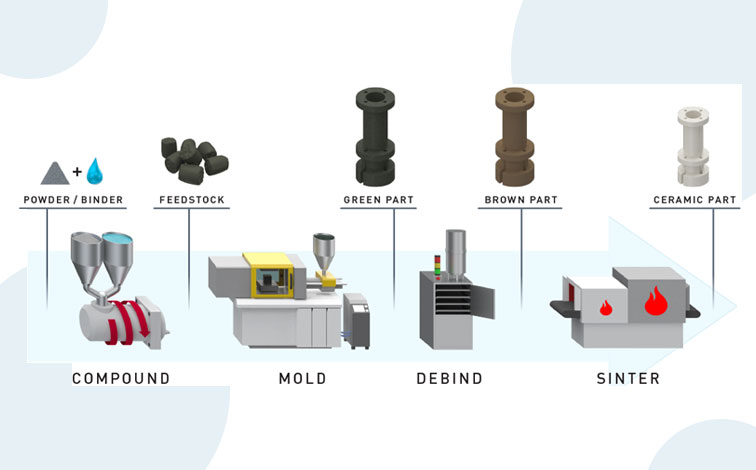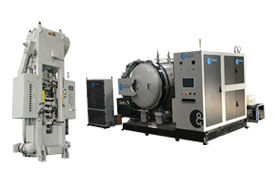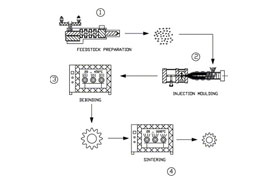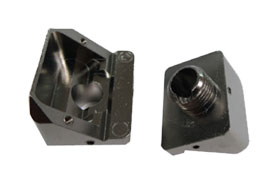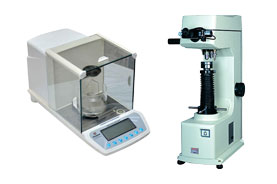Ceramic Injection Molding
Proin gravida nibh vel velit auctor aliquet. Aenean sollicitudin, lorem quis bibendum auctor, nisi elit consequat ipsum, nec sagittis sem nibh id elit. Duis sed odio sit amet nibh vulputate cursus a sit amet mauris. Morbi accumsan ipsum velit. Nam nec tellus a odio tincidunt auctor a ornare odio. Sed non mauris vitae erat consequat auctor eu in elit. Class aptent taciti sociosqu ad litora torquent per conubia nostra, per inceptos himenaeos. Mauris in erat justo. Nullam ac urna eu felis dapibus condimentum sit amet a augue. Sed non neque elit. Sed ut imperdiet nisi.Ceramics provide a hard, wear-and corrosion-resistant solution for many engineering challenges that other materials are rarely able to meet. The injection molding of ceramics allows for complex shapes to be created in a process that borrows a great deal from the injection molding of plastics. The technique is suitable for scales of production from one-off research prototypes to mass-produced components for commercial products. Ceramic injection molding (CIM) has been especially effective within the medical field, to make components for pacemakers and surgical instruments that need to be micro-miniature, with exceptional tolerances, as well as being biocompatible.
The most suitable type of ceramic powder is chosen and mixed with a binder that allows the mixture to flow and become moldable. The binder is a key aspect of the molding process and is used because it has a lower melting point than the ceramic powder, which enables the two materials to be separated at a later stage. A specially made machine with greater corrosion strength than the traditional injection molding machines is used to feed the ceramic and binder mix into the mold cavity. The corrosion strength is required because of the abrasiveness of the ceramic that is being molded.
Once the component has cooled the mold is heated until it is just high enough to melt the binder material (but not the ceramic), causing it to evaporate and leave behind just the ceramic material. The finished part can be sintered or undergo hot isostatic pressing (HIP) in order to remove any stresses caused during molding and provide further strengthening.
